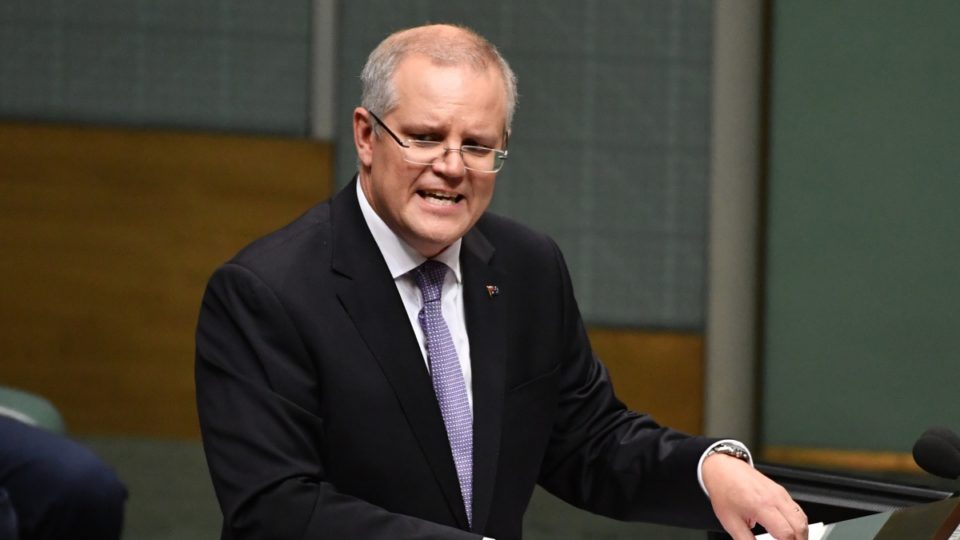Homeowners who have been worried by all the recent talk of a household debt crisis can breathe a sigh of relief. HSBC has published a paper which predicts that although the rise in Australian house prices will continue to slow into next year, a household debt crisis is unlikely.
However, there is still a chance of a meltdown in the apartment market due to oversupply.
After Australian house prices rose by 10% in 2015 and by 30% in the past four years, HSBC chief economist Paul Bloxham said the market is now “cooling”.
“National housing growth will run at low single-digit rates this year and into 2017,” he said in the paper.
Anyone paying close attention to housing prices will have noticed a considerable slowdown in growth since last October, with the Sydney and Melbourne markets stagnating over the past few months.
That’s after prices had risen by 46% in Sydney and 32% in Melbourne since 2012 – and you don’t have to be a maths genius to understand those numbers.
This rapid slowdown “may start to raise questions about the sustainability of household debt”, said Mr Bloxham.
“However, the overall risks appear to be manageable, given low interest rates, solid jobs growth, a favourable distribution of debt and tightened lending standards in recent years.”
Mr Bloxham also pointed out that the Australian household debt-to-income level is now “among the highest levels in the world”, having risen from 167% in 2011 to 186% in 2015.
But he reassured us that this won’t necessarily lead to a US-style crisis in the housing market.
“High household debt is not, in itself, a problem as long as the debt is held by households that can service it,” he said.
“In Australia, the distribution is fairly favourable, with high income earners holding most of the debt.
“Overall, we see mortgage debt as generally well distributed to households that can afford to continue to service it and see the financial stability risks as moderate.”
Australian lenders have plenty of measures in place to protect against a debt crisis, said Mr Bloxham.
These include:
- All mortgages are full recourse, meaning that if you fail to repay your loan, the lender can seize your home AND ANY OTHER ASSETS REQUIRED to sell to pay back what you still owe (this is in contrast to a non-recourse mortgage where the lender is only entitled to seize the property associated with the loan). This gives lenders a better incentive to keep on top of repayments;
- No subprime mortgages (loans to people who have a poor credit history and may have difficulty repaying);
- An average of 2.5 years pre-paid on mortgages, giving a buffer in case of unemployment; and
- Reduced loan-to-valuation ratios on new mortgages.
Mr Bloxham also highlighted the fact that mortgage loan arrears are at very low levels, having fallen since their peak in 2011 even though there has been a rise in unemployment.
However, things may not stay this way for long. Last month, credit ratings agency Moody’s predicted a rise in mortgage arrears over 2016, mainly in mining areas, due to the cooling housing market and a subpar economy.
But this may not affect the overall nationwide picture too much. NSW, the largest market, has just recorded its lowest mortgage delinquency rate since 2005, and Moody’s expect the levels to stay very low.
Measures put in place over the last 18 months by the Australian Prudential Regulation Authority to tighten lending standards, particularly for investors, have also helped to create some stability, Mr Bloxham said.
“Tighter prudential settings have seen a clear pullback in lending to investors,” he said. “There has also been a fall in the proportion of lending at loan-to valuation ratios of over 90 per cent and a decline in ‘interest-only’ loans.
“This should help reduce the risks associated with recent new lending.”
He also acknowledged that the apartment market is at risk due to an oversupply in major cities.
“The risk of a potential over-supply of apartments is largest in Melbourne and Brisbane, where apartment building has been at record highs as a share of the existing stock. There is also some risk of over-supply in Perth, where apartment building has been strong.”
However, as the housing and apartment markets cater to different buyers with hardly any overlap, they can “to some degree” be considered separate.
As Mr Bloxham put it, “A possible decline in apartment prices, due to oversupply, would not necessarily translate into a matching fall in detached housing prices.”
So there is definitely no need for Australian house owners to panic at the moment.
There is no oversupply in the detached housing market, said Mr Bloxham, and there are no signs yet that the overall housing market is oversupplied.











